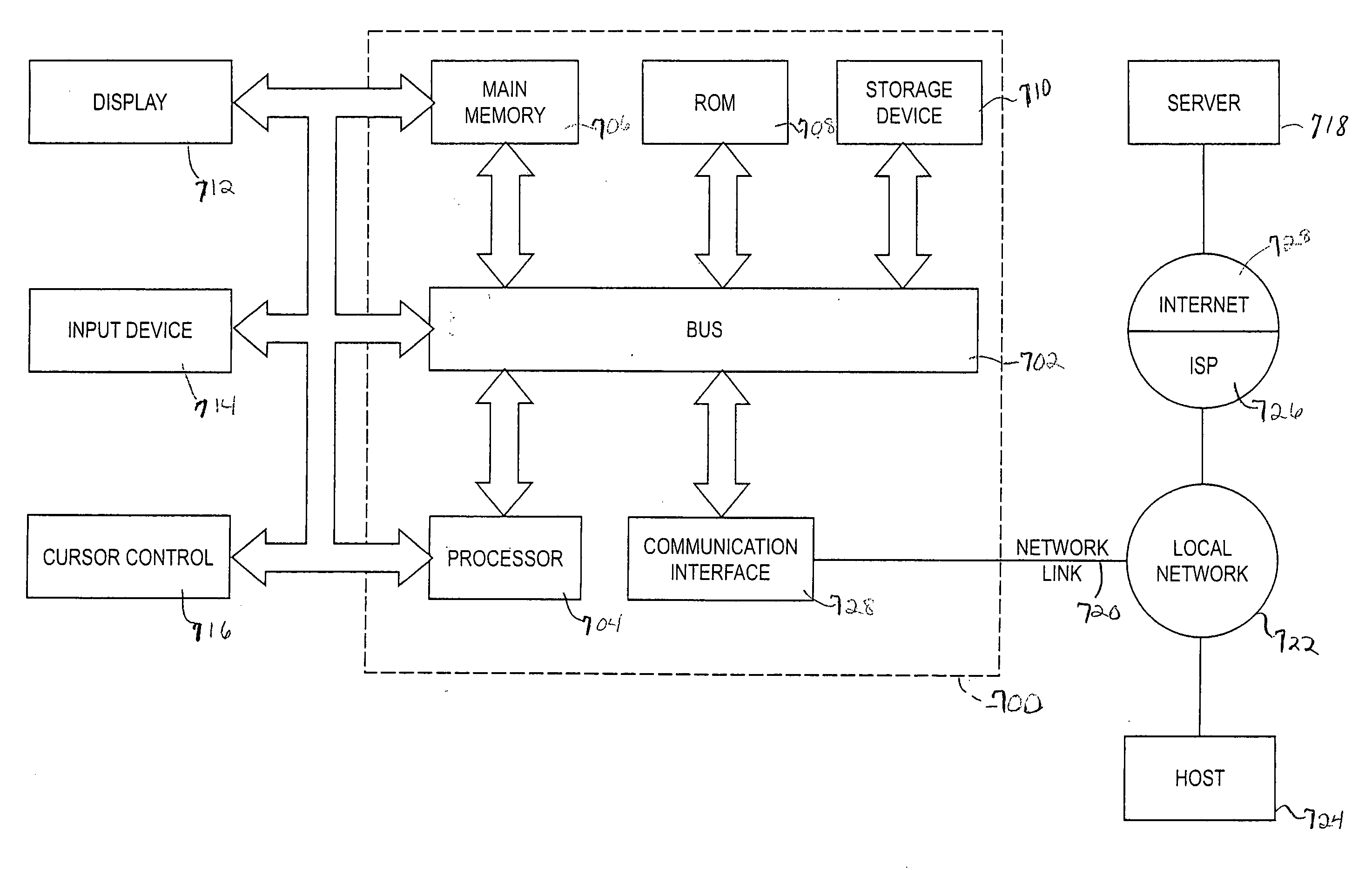Systems and method for homeostatic blood states
a system and blood state technology, applied in the field of system and method for homeostatic blood state, can solve the problems of limited clinical applicability of direct measurement of blood volume, limiting the clinical value of hemoglobin concentration and hematocrit in the evaluation of infusion therapy measures, and inaccurate prediction based solely on body weight, so as to achieve convenient and fast nominal evaluation, the effect of more reliable and accura
- Summary
- Abstract
- Description
- Claims
- Application Information
AI Technical Summary
Benefits of technology
Problems solved by technology
Method used
Image
Examples
case example # 1
CLINICAL CASE EXAMPLE #1
[0370] A 35 years old male patient has been delivered to the emergency room by an ambulance with acute bleeding from the cut of the femoral artery. The bleeding has been temporary stopped by an ambulance paramedics. Two intravenous infusion lines were established and high rate IV infusions of isotonic crystalloid solutions were maintained on the way to the hospital. On the arrival, the patient was conscious, there were no signs of pending shock. Patient's initial evaluation suggested that he was ASA physical state class I, his weight was about 70 kg and height approximately 1.70 m. He was taken to the operating theater immediately after arrival. The initial blood test results showed low Hct (23%). Surgery has been made under the local anesthesia, because patient refused to be other way anaesthetized. Visible blood loss in the suction device was 500 ml. During the 30 minute long surgery, patient has been managed by an anesthetist, who transfused him with sever...
example # 2
CLINICAL EXAMPLE #2
[0385] The same patient as in example #1 was monitored for plasma hydration state by means of the new nomograms on the next day following surgery. He was hyperthermic during the night after surgery, but has not received intravenous fluid resuscitation. He was not taking fluids orally either. Signs of dehydration were obvious in the morning. The volume loading test (VLT-test, Chapter4.4.3.) in the beginning of infusion therapy showed advanced dehydration and plasma hyperosmolality.
[0386] During the postoperative night, the patient became severely dehydrated due to hyperthermia induced increased fluid loss with no rehydration measures applied. The temporary plasma over the target state dilution (T3 in FIG. 23A and E3 in FIG. 23D) due to previous (perioperative) colloid infusion has resided by that time, too. Therefore, during the night plasma dilution has returned to normal (target state #3) and later decreased to the state of the maximal isoosmotic dehydration (T5...
example # 3
CLINICAL EXAMPLE #3
[0406] The same patient as in examples #1 and #2 was monitored for plasma hydration state by means of the new nomograms on the 2nd day following surgery. The patient was not hyperthermic anymore and has been on the normal oral diet and fluid intake with no I.V. infusions for the last 12 hours. However, the patient's complains and physical investigation raised suspicion of bleeding. Initial investigation did not provide clues for the presence of bleeding The VLT-test and additional blood test an hour later have uncovering occult gastrointestinal (GI) bleeding later confirmed by instrumental investigation.
[0407] In the morning of the 2nd day following surgery, the VLT-test has been made in the same way (VLT-1) as a day before (Case #2). However, this time it was justified by the suspicion of the occult bleeding, but not the evaluation of patient's hydration state. Only one stage of volume loading has been made, because the consecutive blood tests (T8, T9) revealed ...
PUM
 Login to View More
Login to View More Abstract
Description
Claims
Application Information
 Login to View More
Login to View More - R&D
- Intellectual Property
- Life Sciences
- Materials
- Tech Scout
- Unparalleled Data Quality
- Higher Quality Content
- 60% Fewer Hallucinations
Browse by: Latest US Patents, China's latest patents, Technical Efficacy Thesaurus, Application Domain, Technology Topic, Popular Technical Reports.
© 2025 PatSnap. All rights reserved.Legal|Privacy policy|Modern Slavery Act Transparency Statement|Sitemap|About US| Contact US: help@patsnap.com



